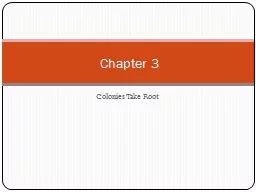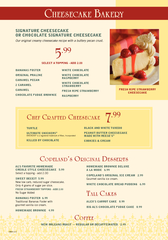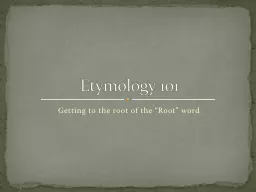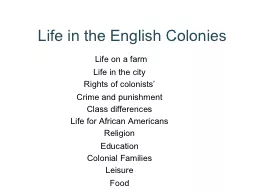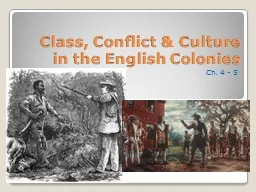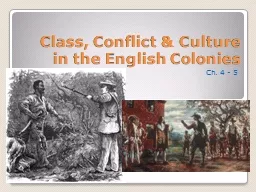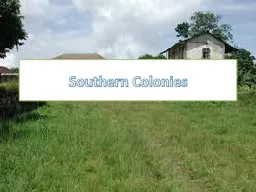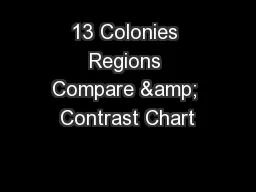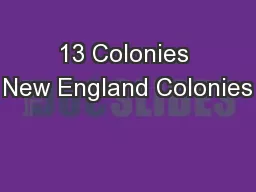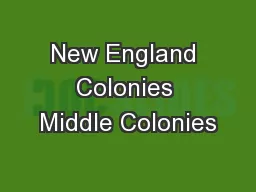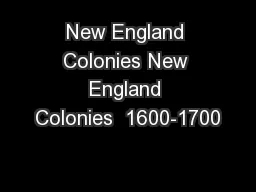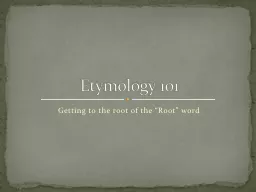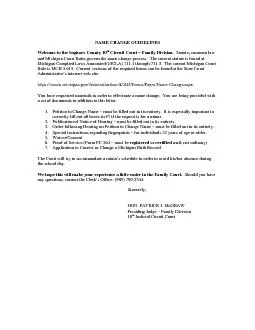PPT-Colonies T ake Root Chapter 3
Author : tatyana-admore | Published Date : 2018-10-23
Section 1 The First English Settlements England Seeks Colonies In the late 1500s England began to establish colonies in North America to provide markets for
Presentation Embed Code
Download Presentation
Download Presentation The PPT/PDF document "Colonies T ake Root Chapter 3" is the property of its rightful owner. Permission is granted to download and print the materials on this website for personal, non-commercial use only, and to display it on your personal computer provided you do not modify the materials and that you retain all copyright notices contained in the materials. By downloading content from our website, you accept the terms of this agreement.
Colonies T ake Root Chapter 3: Transcript
Download Rules Of Document
"Colonies T ake Root Chapter 3"The content belongs to its owner. You may download and print it for personal use, without modification, and keep all copyright notices. By downloading, you agree to these terms.
Related Documents

